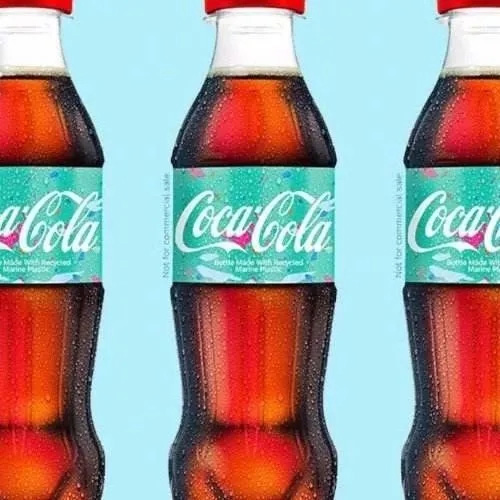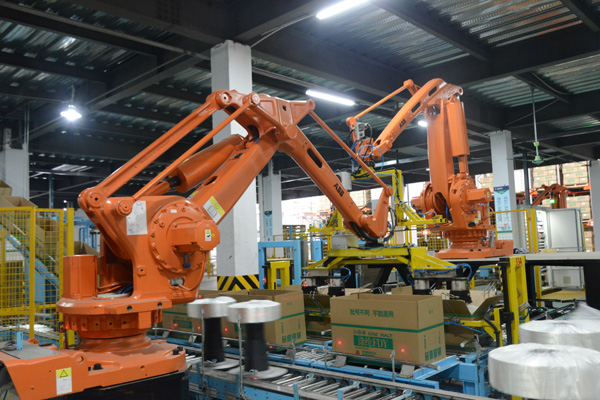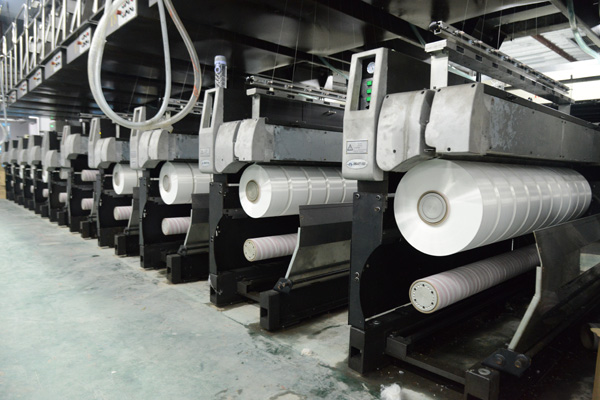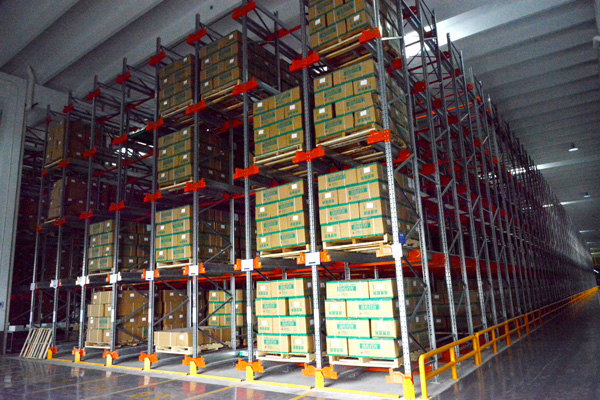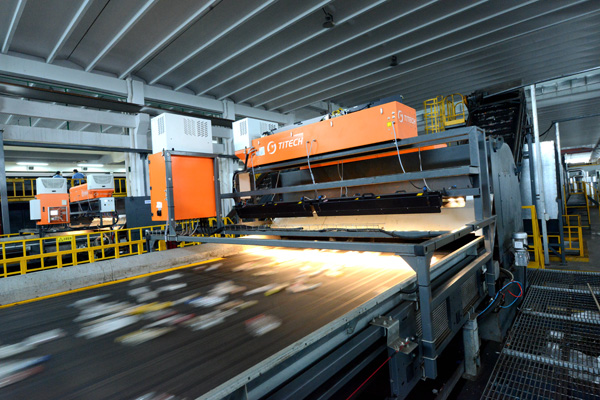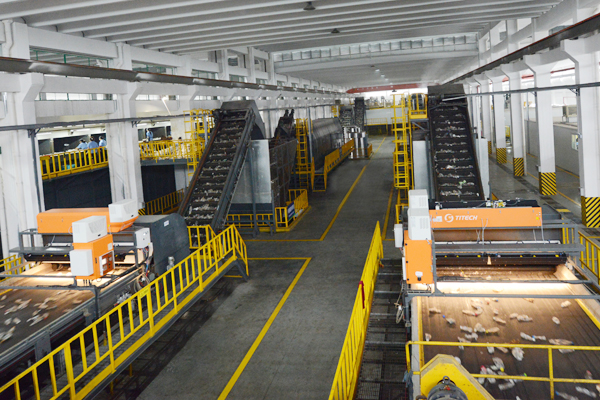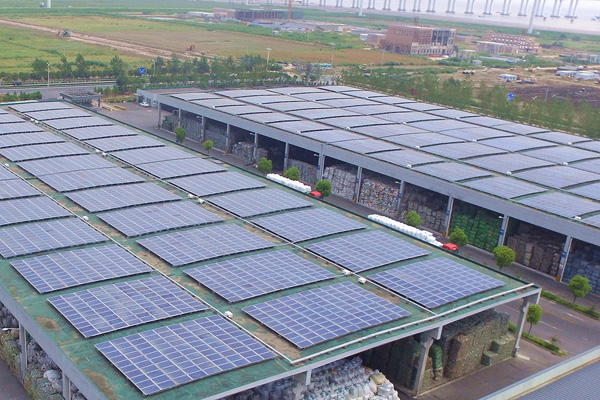Polyester processing
2022-09-05
After the first stage of polymer production in the melt phase, the product stream divides into two different application areas which are mainly textile applications and packaging applications. In the following table, the main applications of textile and packaging of polyester are listed.
| Textile | Packaging |
|---|---|
| Staple fiber (PSF) | Bottles for CSD, water, beer, juice, detergents, etc. |
| Filaments POY, DTY, FDY | A-PET film |
| Technical yarn and tire cord | Thermoforming |
| Non-woven and spunbond | biaxial-oriented film (BO-PET) |
| Mono-filament | Strapping |
Abbreviations:
- PSF
- Polyester-staple fiber;
- POY
- Partially oriented yarn;
- DTY
- Drawn textured yarn;
- FDY
- Fully drawn yarn;
- CSD
- Carbonated soft drink;
- A-PET
- Amorphous polyethylene terephthalate film;
- BO-PET
- Biaxial-oriented polyethylene terephthalate film;
A comparable small market segment (much less than 1 million tonnes/year) of polyester is used to produce engineering plastics and masterbatch.
In order to produce the polyester melt with a high efficiency, high-output processing steps like staple fiber (50–300 tonnes/day per spinning line) or POY /FDY (up to 600 tonnes/day split into about 10 spinning machines) are meanwhile more and more vertically integrated direct processes. This means the polymer melt is directly converted into the textile fibers or filaments without the common step of pelletizing. We are talking about full vertical integration when polyester is produced at one site starting from crude oil or distillation products in the chain oil → benzene → PX → PTA → PET melt → fiber/filament or bottle-grade resin. Such integrated processes are meanwhile established in more or less interrupted processes at one production site. Eastman Chemicals were the first to introduce the idea of closing the chain from PX to PET resin with their so-called INTEGREX process. The capacity of such vertically integrated production sites is >1000 tonnes/day and can easily reach 2500 tonnes/day.
Besides the above-mentioned large processing units to produce staple fiber or yarns, there are ten thousands of small and very small processing plants, so that one can estimate that polyester is processed and recycled in more than 10 000 plants around the globe. This is without counting all the companies involved in the supply industry, beginning with engineering and processing machines and ending with special additives, stabilizers and colors. This is a gigantic industry complex and it is still growing by 4–8% per year, depending on the world region.

























